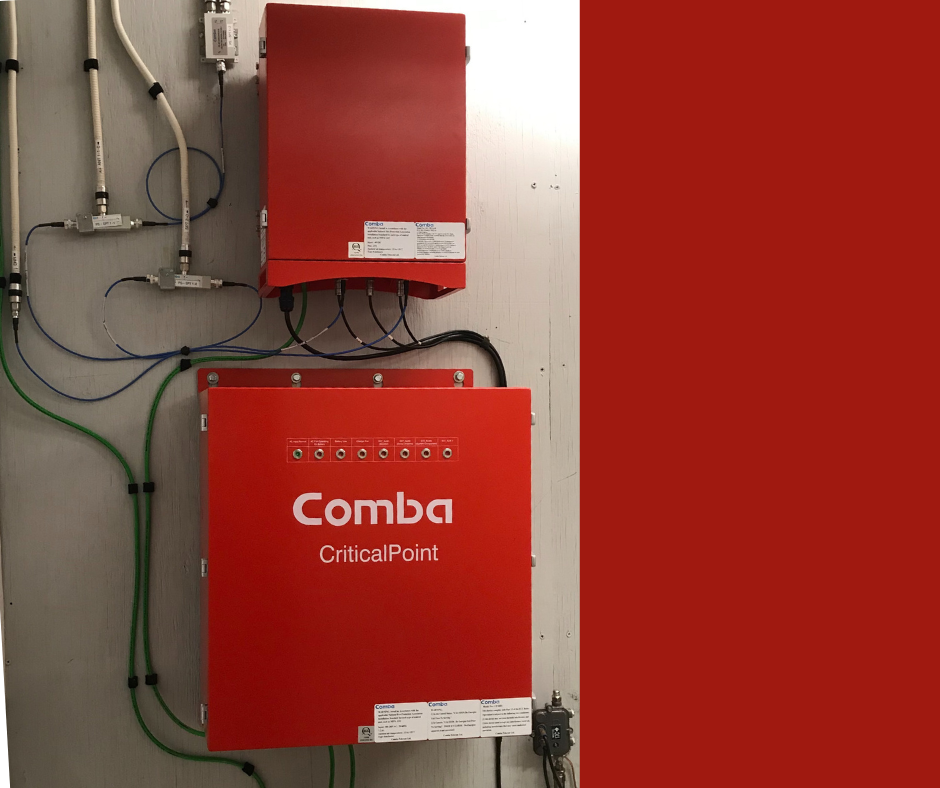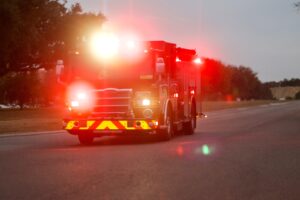Challenges (and Solutions) with In-Building/DAS systems for Public Safety Communications
As 5G continues to roll out across the nation, there’s a unique opportunity for a myriad of stakeholders to implement in-building/cellular distributed antenna systems (DAS), especially related to public safety communications. Networks like FirstNet are already bringing robust, reliable, real-time communication to first responders across the nation. With these advancements in telecommunications, building owners and contractors can take advantage of revenue-generating opportunities related to in-building DAS networks. However, with innovation comes challenges that all involved must be aware of before moving forward with a wireless network project.


“Capital Telecom Services has worked with various clients in identifying challenges with in-building DAS implementation and offering solutions, from consultants to security and low voltage companies, to clients in the fire alarm/sprinkler industries, we’ve successfully executed projects to establish customized in-building public safety communications networks.” –Kevin Turrisi, Founder and President.
In-Building Transmission
One primary obstruction (literally) when it comes to an in-building public-safety network is ensuring uninterrupted radio signal transmission. Structural components present in buildings, such as piping, sprinkler systems, and overall construction materials, could interfere with signals. That is why building owners and stakeholders must understand the DAS build-out process, including guaranteeing 99 percent radio coverage, ensuring first responders have sustained communication access.
Network Design, Compliance, And Testing
Designing a public safety communications network differs from that of a commercial network, and it is critical to understand the differences during the project planning phase. Public safety communication networks require several unique considerations. Requirements include system exclusivity to mitigate network congestion, distinct operating frequencies ranging from 450-900 MHz bands, and higher power to accommodate public safety radios, which require more capacity than a typical smartphone.
Other requirements include equipping the network with a battery backup and housing equipment in areas that can withstand a fire for a minimum of two hours. Building owners must also comply with in-building code requirements issued by The National Fire Protection Association (NFPA) and the International Code Council (ICC), which vary according to local ordinances.
An additional critical component with in-building networks is testing, including GPS signal accuracy and multiband testing. Integrated testing is necessary to fulfill project requirements, including compliance and cost efficiency, calling for a combined hardware and software solution.
No Noise
Professional associations in partnership with the FCC have issued requirements known as a No Noise effort related to in-building signal boosters to ensure first responders have reliable access to communications. The No Noise principles include combatting RF interference caused by improperly installed signal boosters and standards consistency plus code enforcement. No Noise is an integral part of any in-building DAS network installation and must be considered as an essential project component.
The Right Project Fit
No two network buildouts are exactly the same, and it’s critical to thoroughly understand public safety requirements, code compliance, and local ordinance specifications before embarking on a project. Some clients have tried to go it alone or initially partnered with a company that did not possess expertise around in-building DAS network buildouts. The results were wasted time and money as challenges presented themselves, project timelines were pushed out, and additional resources were needed to remedy issues.
“Partnering with the right company to execute an in-building DAS project is half the battle. Clients shouldn’t spend their budgets on trial and error – an experienced partner will map out the strategy before any work begins to ensure efficiency and accuracy,” added Turrisi.
Ready for In-Building DAS Expertise?
Reach out to Capital Telecom Services, LLC (CTS) to discuss your upcoming in-building DAS project today. Our expert team has implemented systems at stadiums, airports, museums, and more. CTS is a trusted partner of AT&T, Verizon, T-Mobile, Sprint, Boingo, Centerline, and Crown Castle. For questions or more information, visit us at www.capitaltelecomusa.com
